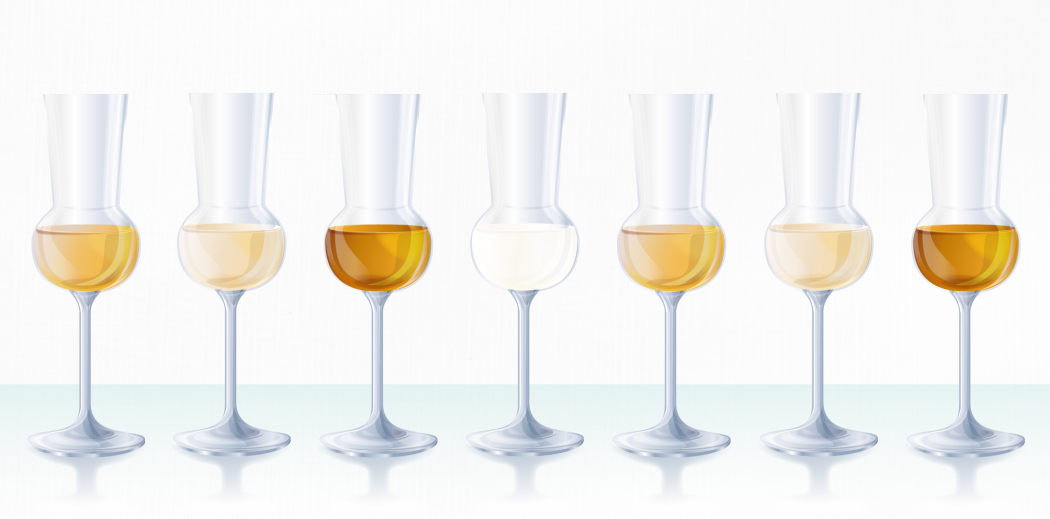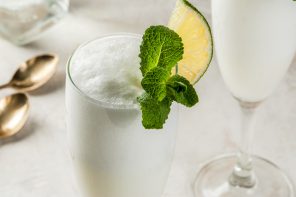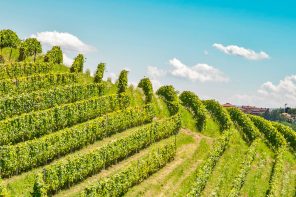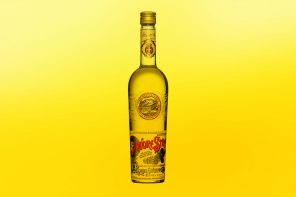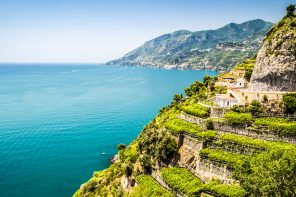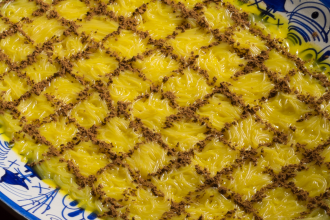Wine is great for so many reasons, and drinkers of grappa could not agree more. The Italian brandy is made from pomace – the pulpy residue of grape seeds, stems, skins and juice remaining after the winemaking process.
Traditional pomace brandy – or grappa brandy, as it may also be called – cannot be made without the process of making wine. After grapes have been pressed, winemakers sell their leftovers and so begins the process of making grappa.
Grappa is a distilled beverage, which means the fermented pomace is heated gently, allowing much of the mixture to evaporate and leaving a potent beverage. Typically, grappa is about 40 to 45 percent alcohol and colorless, however it can take on different flavors or colors if aged in wooden barrels.
Once popular only in Italy, grappa has made a name for itself in other parts of the world and through the writings of Ernest Hemingway. It was one of his drinks of choice when he was in Italy as a frequenter of Nardini Distillery – the oldest distillery in the country.
It is said that early production of grappa was a resourceful way for farmers to use up every last bit of their grape crops, and was a way to get them through cold winter months – potent, but not too tasty.
Grappa was mostly a poor man’s drink until the 1960s when a distiller began focusing on the quality of the spirit and experimenting with making grappa from the leftovers of just a single grape varietal, rather than the mixture of leftovers that had usually been used before.
Called “firewater,” Italians traditionally sip small glasses of grappa as an after-dinner drink (for digestion) or add it to espresso. However grappa is consumed, we know we can get on board with a favorite of Hemingway’s.

